Breaking borders: the inaugural Amman Design Week celebrates design across the Middle East
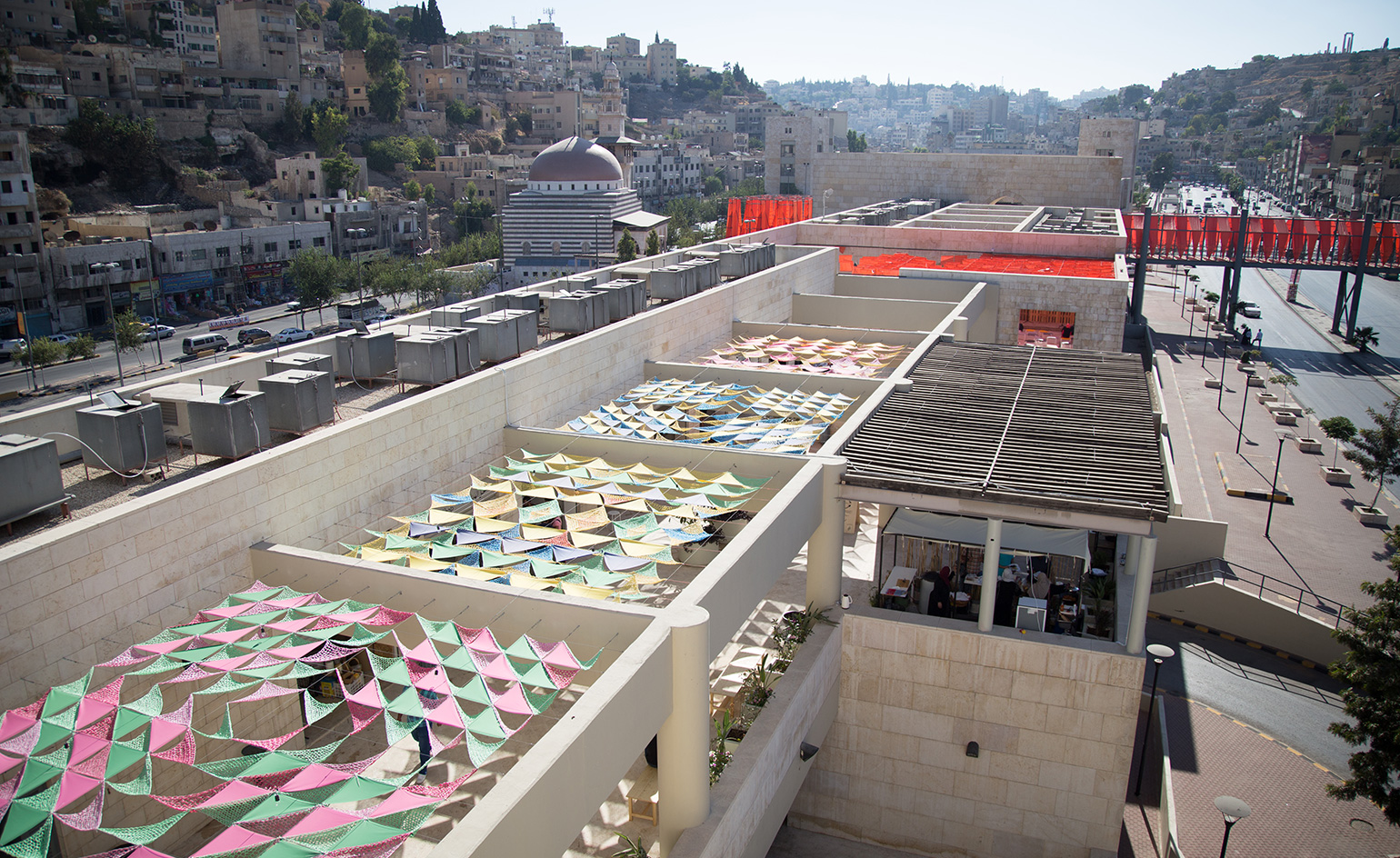
‘Design crosses borders,’ says architect Sahel Al Hiyari, curator of the inaugural Amman Design Week, which opened in the Jordanian capital last week. ‘We wanted this design week to bring communities together and to spread a message of unity.’ Given Jordan’s position of relative stability and calm in the midst of a region fractured by conflict, the message is a welcome one.
Pulled together over the course of 18 months by directors Abeer Seikaly and Rana Beiruti alongside Al Hiyari and architect and curator Dina Haddadin, the show gathers designers from across the region who are pushing boundaries within their disciplines. Like swathes of the country’s population, a third of which is estimated by the country's press to be made up of refugees, the event’s exhibitors are not necessarily Jordanian but are what the organisers describe as ‘local’. ‘Everybody here has something to do with the culture of the Middle East,’ explains Al Hiyari using Anne Holtrop, a Dutch designer who lives and works between Bahrain and Amsterdam, as a key example.
Holtrop’s work – an architectural model of a house inspired by the Barbar Temple in Bahrain – is exhibited alongside that of 45 other designers in one of the Week’s three central locations; an old 1930s Hangar building in downtown Amman. Here, the exhibitors run the gamut; from Wallpaper* favourites david/nicolas, who showcased furniture inspired by their grandmothers’ houses in Lebanon, to undiscovered talents such as Ahmad Jallouk, a Jordanian shopkeeper who presented a display of sculptural glass vessels that he fashions from old broken bottles in the back of his lingerie store in downtown Amman. Similarly, watermelon traders and skilled fruit stackers Fayez Abu Awwad and Khdeir Abu Huwash collaborated with Lebanese architect Hashim Sarkis to create a show-stopping stacked arrangement of 5,000 watermelons inspired by the topography of Amman’s hills.
‘In the context of a social crisis, people improvise, and through improvisation there is some kind of liberty that detaches you from what is happening in terms of global trends,’ says Al Hiyari of the show’s unique appeal. ‘I think this is very important, this lack of saturation in the region. On the contrary there is a need for more events like this to happen here.’
Next door to the Hangar, at the Jordan Museum, ‘The MakerSpace’ showcased work made using 3D printers and digital fabrication tools while also hosting a programme of talks; and the ‘Crafts District’ – a strip of pop-up food vendors and design shops selling products made by craftspeople from across the region – took over the disused Raghadan Bus terminal.
Attracting over 35,000 visitors in three locations over the course of nine days – a number far greater than anticipated – the organisers are optimistic that this is the first of many Amman Design Weeks. ‘We wanted there to be an engagement within the city,’ says director Abeer Seikaly of her hopes for the project. ‘We want to create a platform that allows for new and different types of dialogues to happen, between designer and craftsman, designer and government, designer and businesses.’ The future, she says, is looking a lot brighter.
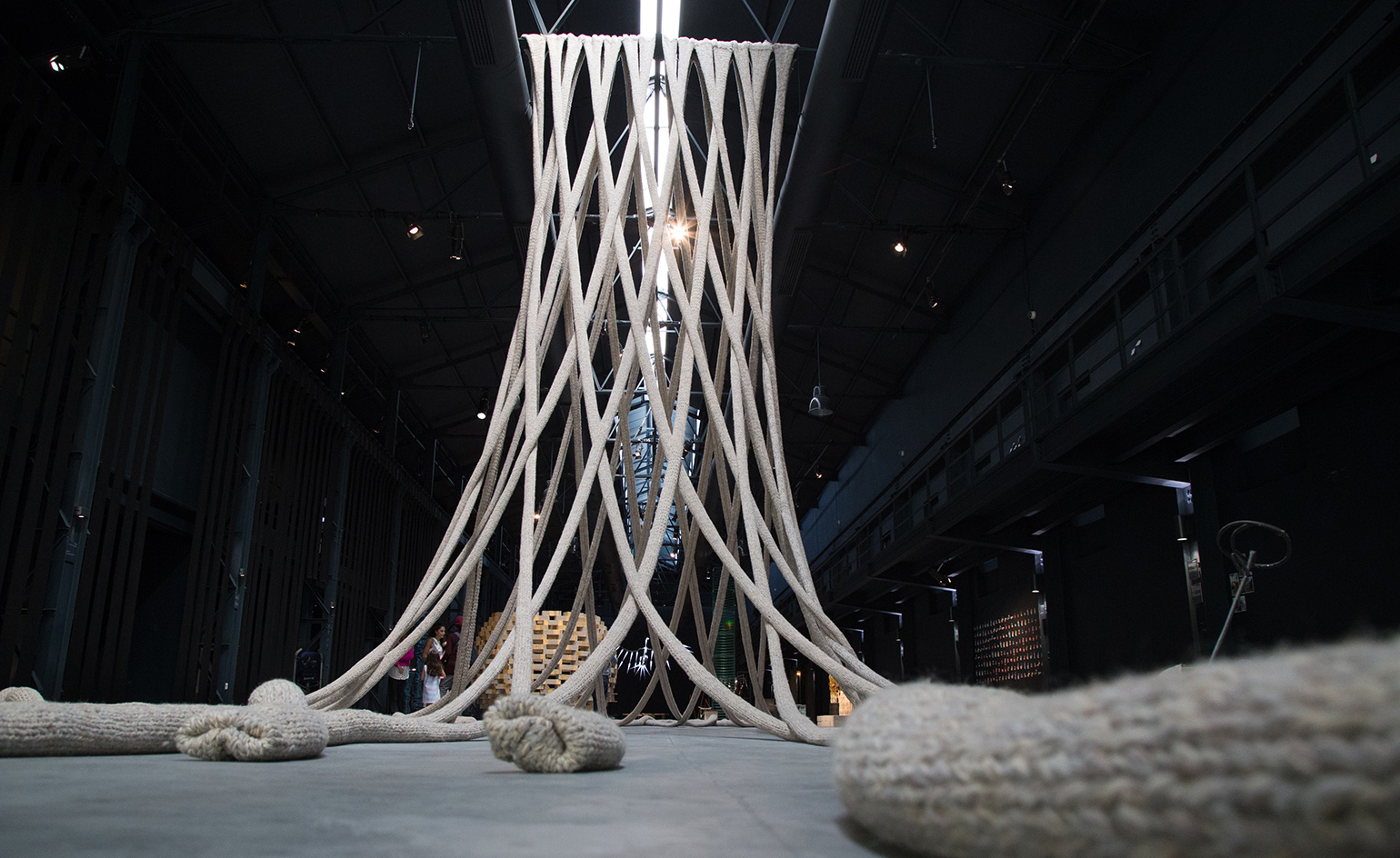
At the entrance of the Hangar – the week’s main exhibition space in downtown Amman – a giant web of knitted wool yarn cascades from the ceiling, encouraging visitors to walk among its chunky strands
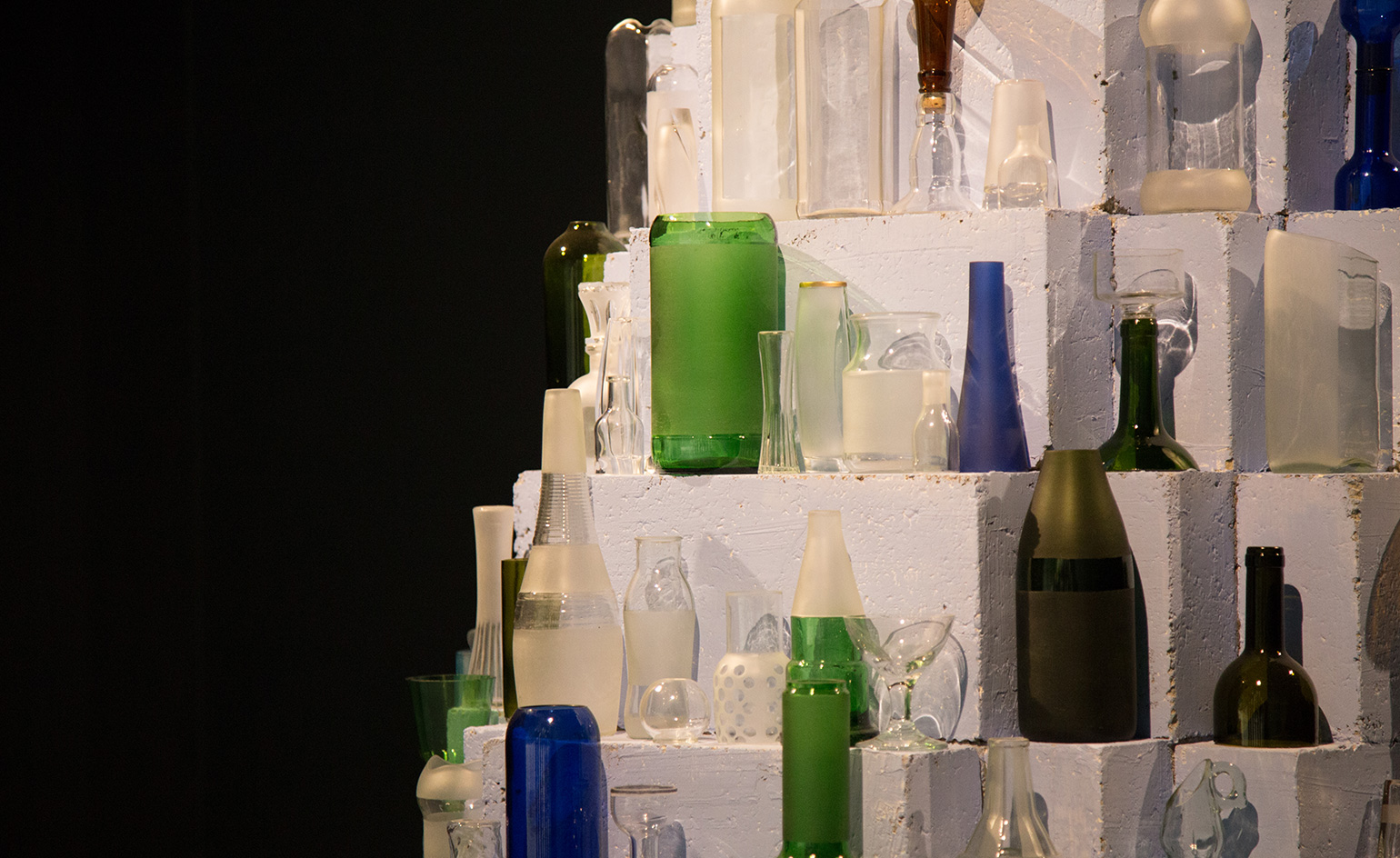
Ahmad Jallouk, a Jordanian shopkeeper, presented a display of the sculptural glass vessels he fashions from old broken bottles in the back of his lingerie store in downtown Amman
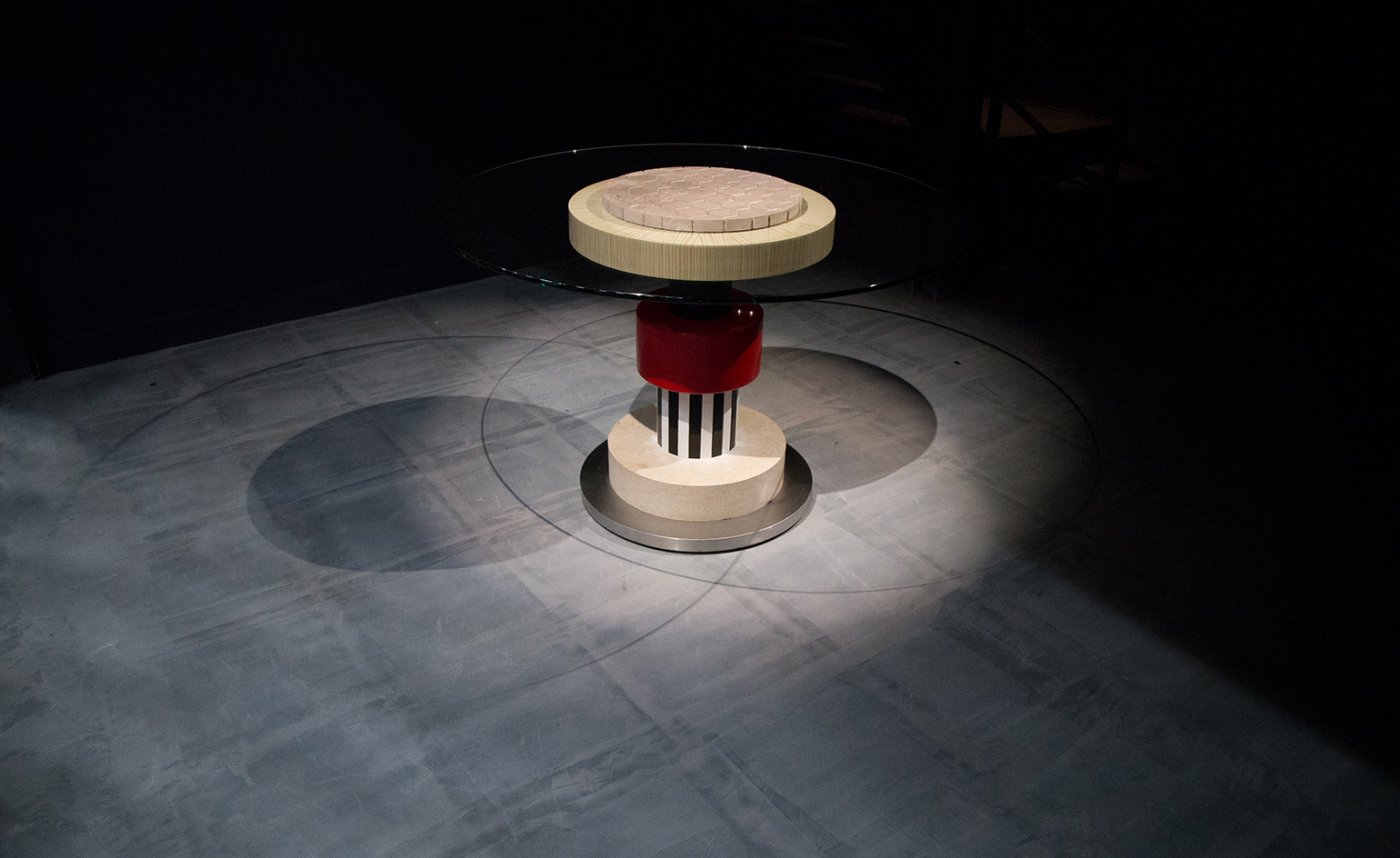
Dubai-based Jordanian designer Jafar Dajani presented a table made out of eight different stacked materials inspired by Amman’s eight traffic circles and the neighbourhoods they connect
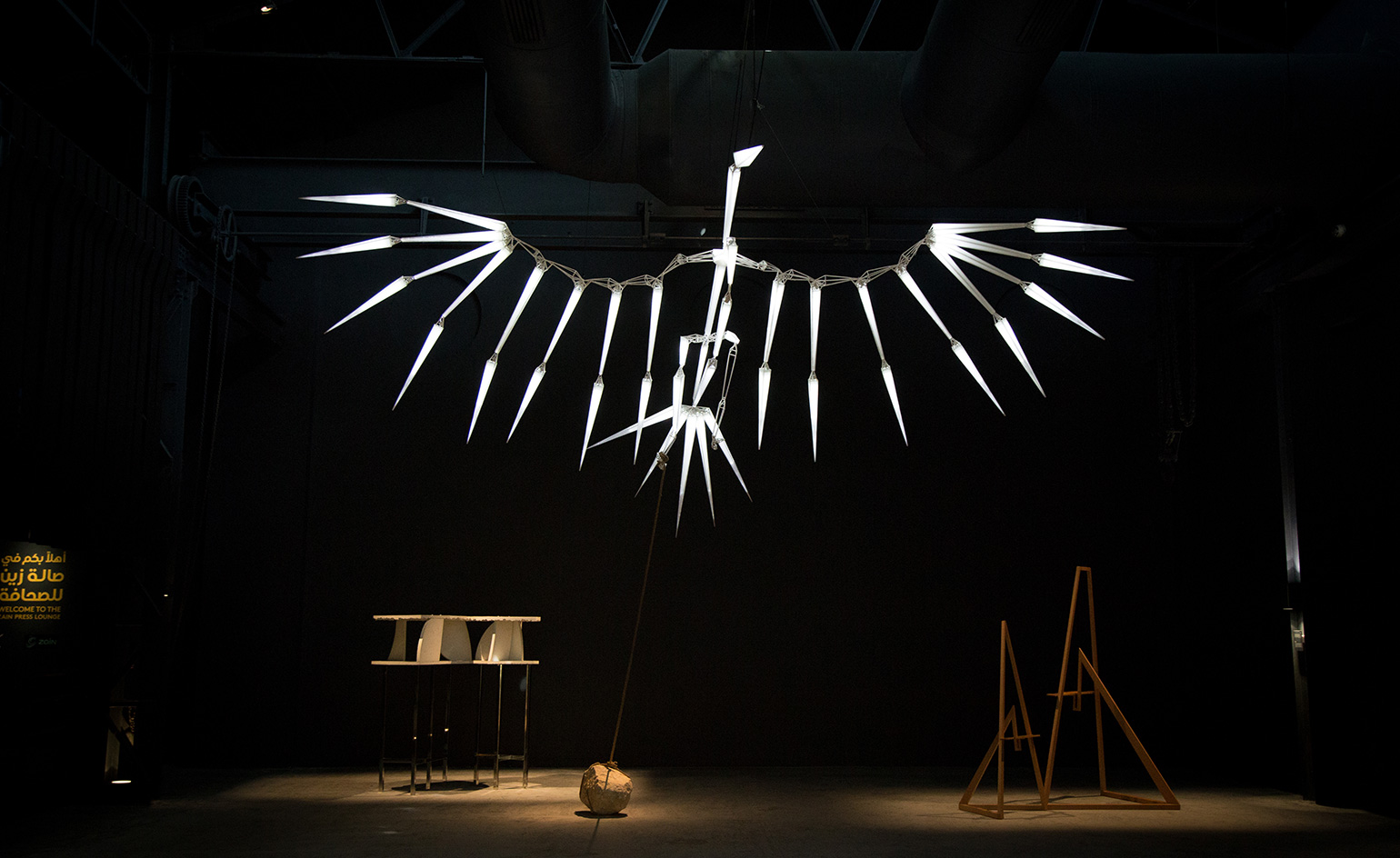
A majestic light sculpture by Adel Abidin hung over proceedings at the back of the Hangar. Called Al-Warqaa, the multimedia installation was inspired by ‘Ode to a Human Soul’, a poem by Avicenna
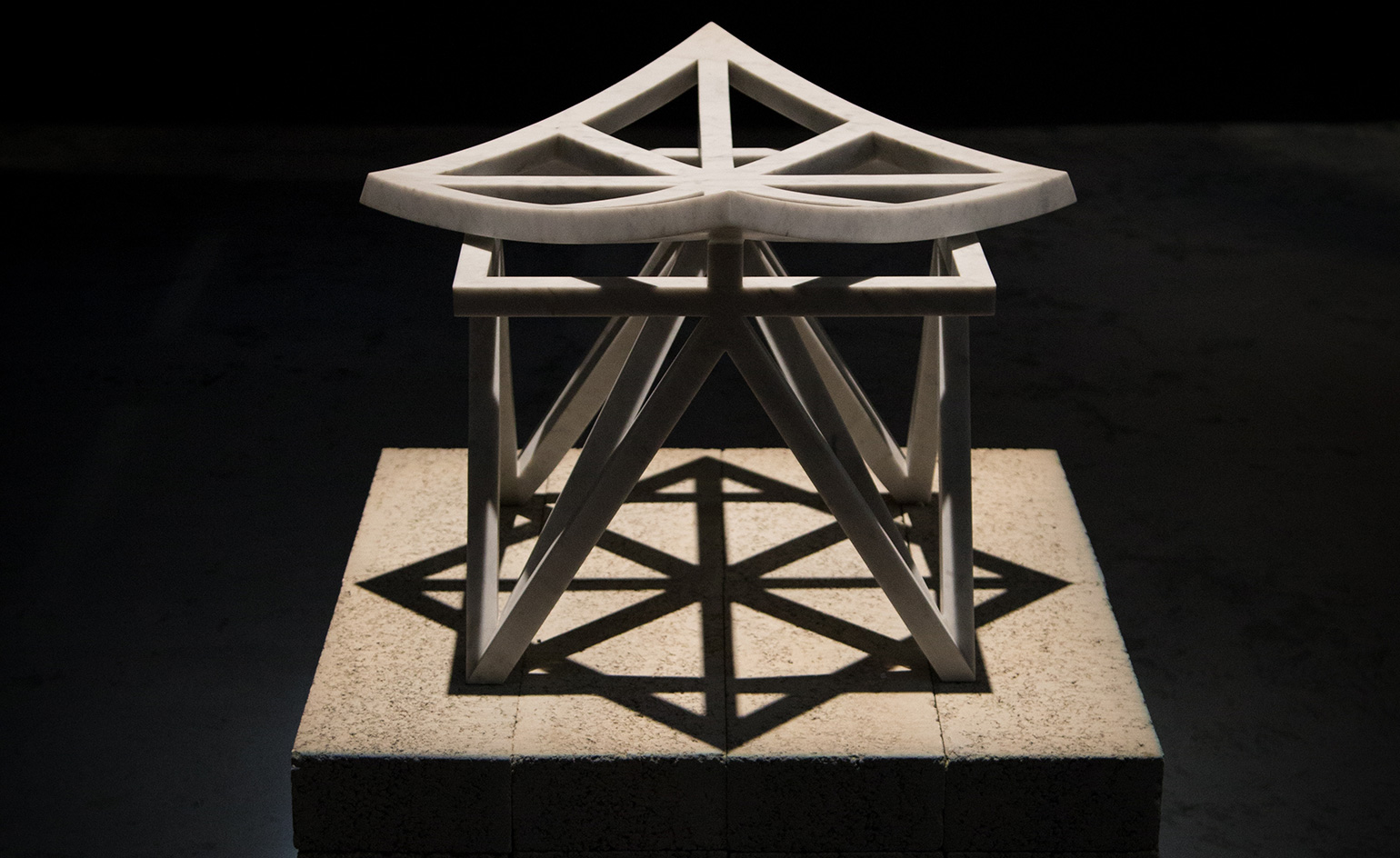
Dubai-based Aljoud Lootah showcased a marble version of her arabesque-inspired ‘Unfolding Unity’ stool
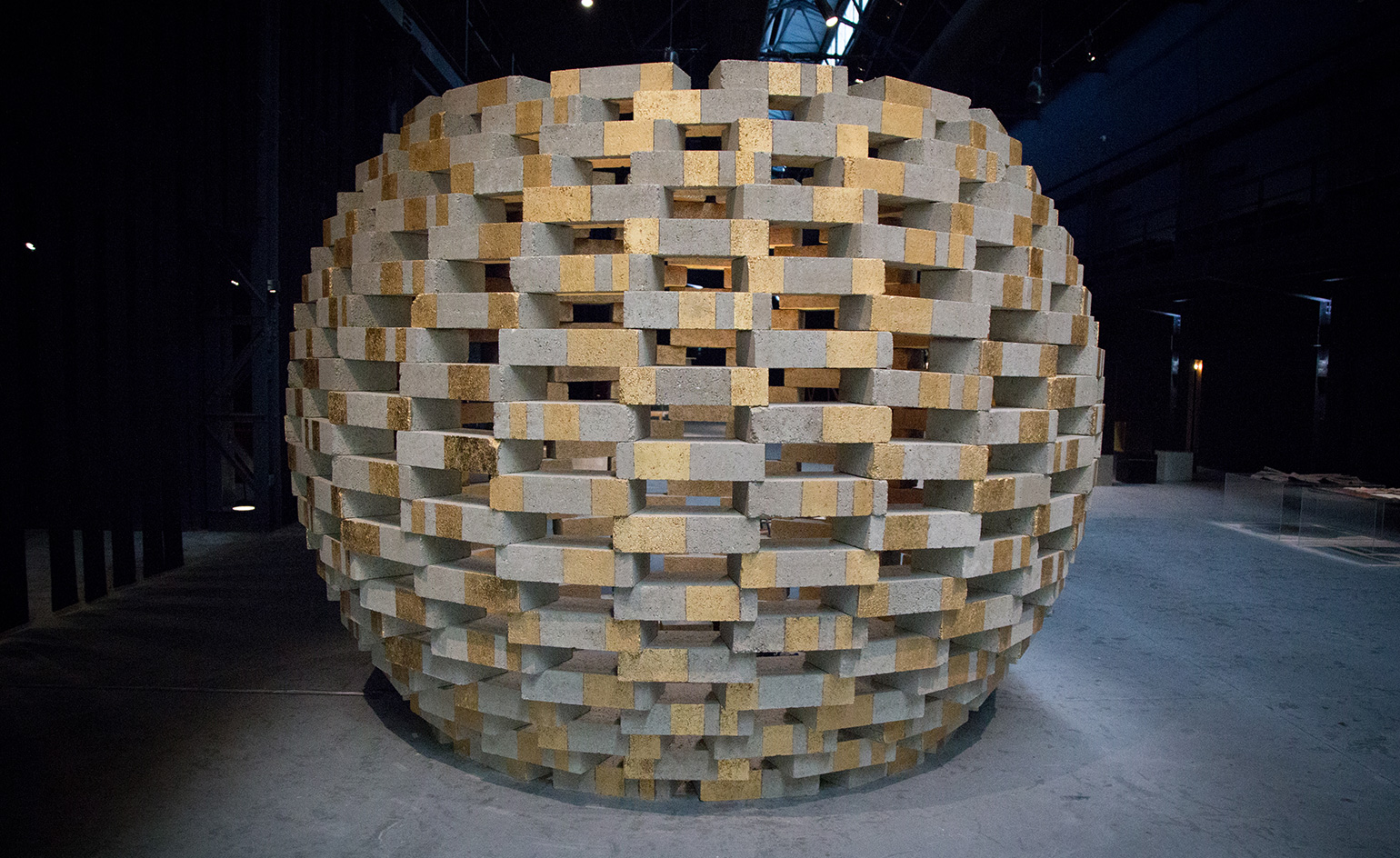
Aziza Chaouni Projects’ 'Golden Globe' is built using the most prevalent constructive component used in developing countries – the concrete block. Imprinted with a gold leaf pattern, the structure explores new possibilities for the humble material
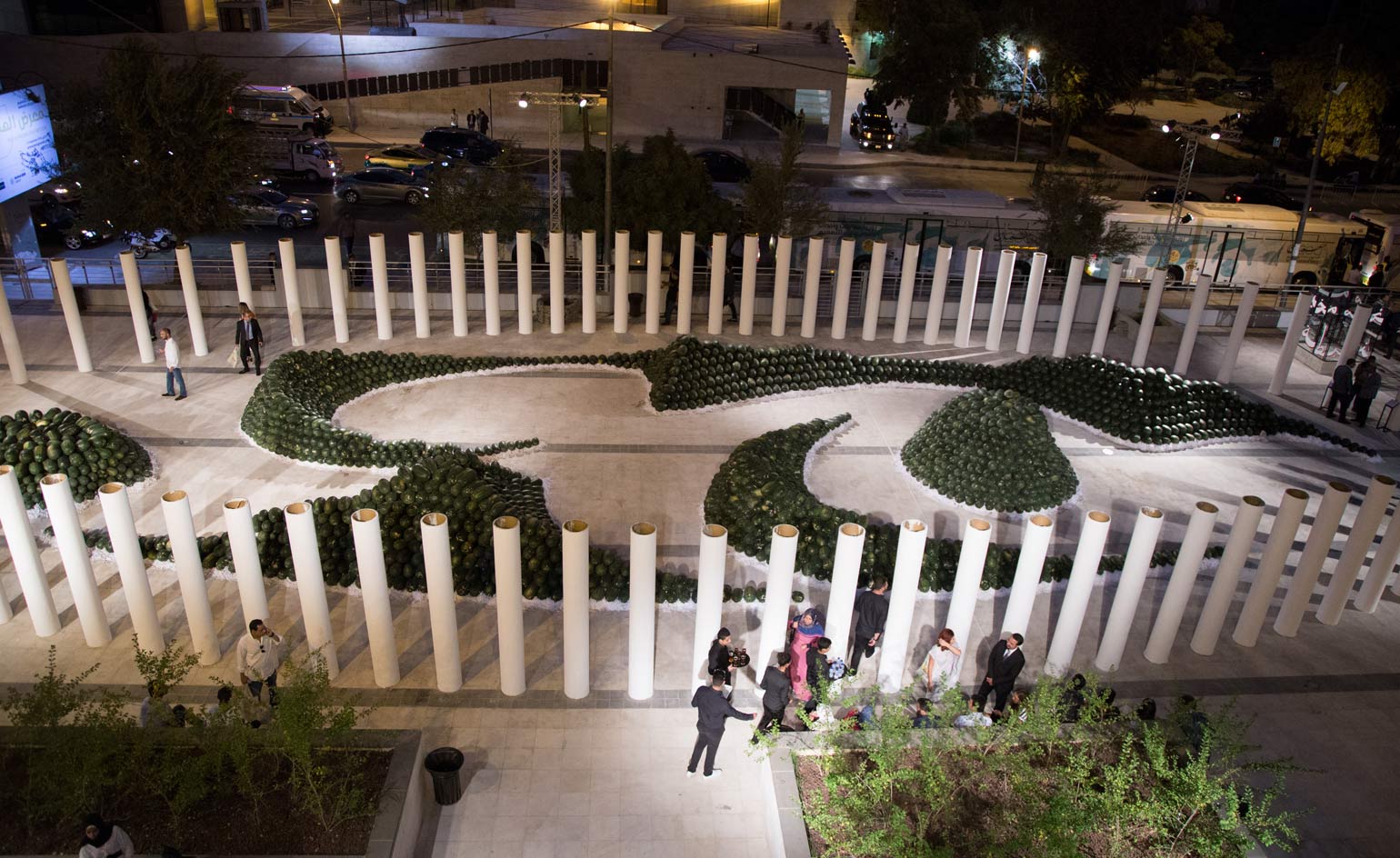
Watermelon traders and skilled fruit stackers Fayez Abu Awwad and Khdeir Abu Huwash collaborated with Lebanese architect Hashim Sarkis to create a show-stopping stacked arrangement of 5,000 watermelons inspired by the topography of Amman’s hills
INFORMATION
For more information, visit the Amman Design Week website
Wallpaper* Newsletter
Receive our daily digest of inspiration, escapism and design stories from around the world direct to your inbox.
Ali Morris is a UK-based editor, writer and creative consultant specialising in design, interiors and architecture. In her 16 years as a design writer, Ali has travelled the world, crafting articles about creative projects, products, places and people for titles such as Dezeen, Wallpaper* and Kinfolk.
-
 All-In is the Paris-based label making full-force fashion for main character dressing
All-In is the Paris-based label making full-force fashion for main character dressingPart of our monthly Uprising series, Wallpaper* meets Benjamin Barron and Bror August Vestbø of All-In, the LVMH Prize-nominated label which bases its collections on a riotous cast of characters – real and imagined
By Orla Brennan
-
 Maserati joins forces with Giorgetti for a turbo-charged relationship
Maserati joins forces with Giorgetti for a turbo-charged relationshipAnnouncing their marriage during Milan Design Week, the brands unveiled a collection, a car and a long term commitment
By Hugo Macdonald
-
 Through an innovative new training program, Poltrona Frau aims to safeguard Italian craft
Through an innovative new training program, Poltrona Frau aims to safeguard Italian craftThe heritage furniture manufacturer is training a new generation of leather artisans
By Cristina Kiran Piotti
-
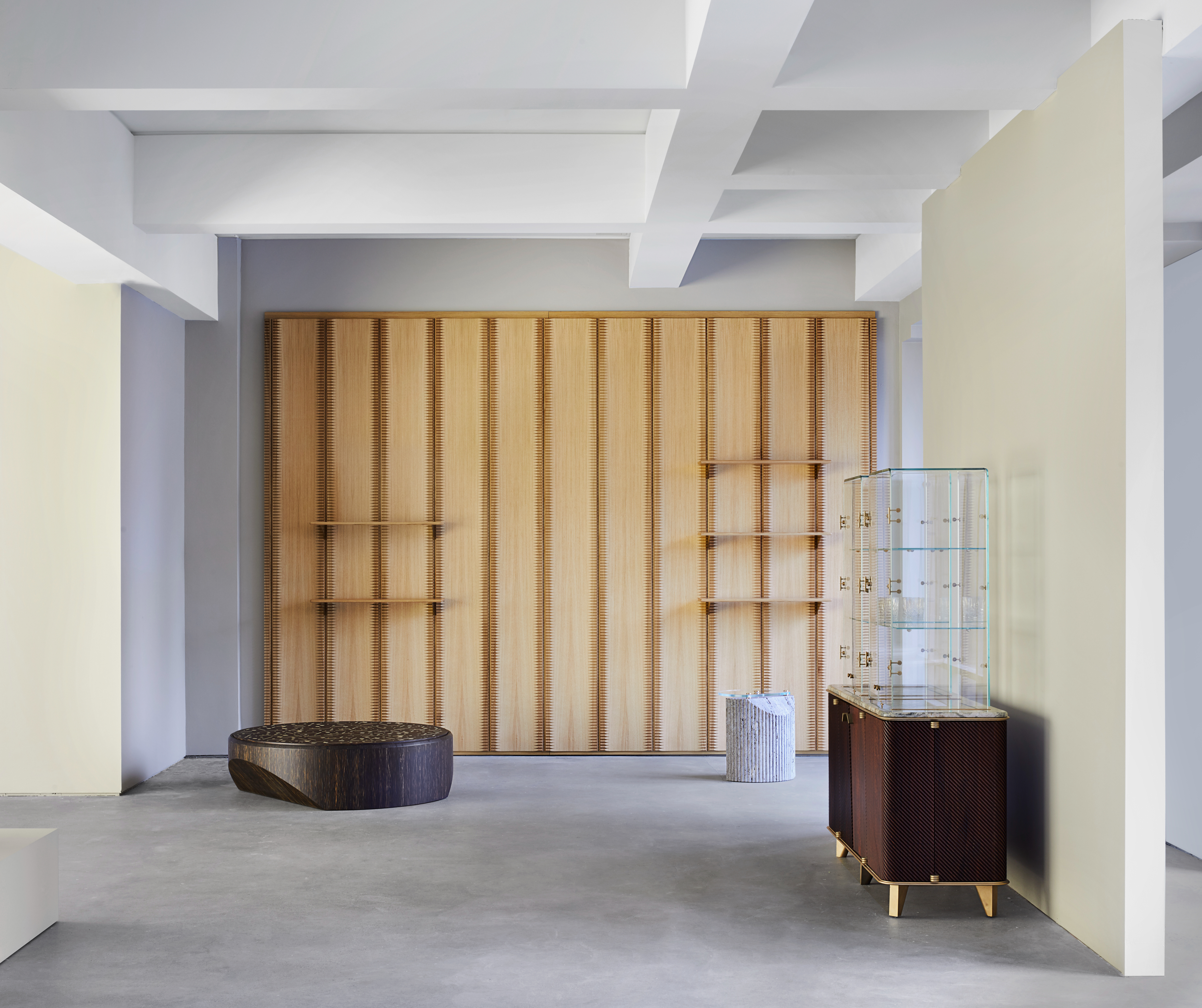 Big bang: David/Nicolas reach for the stars with their first solo exhibition in the US
Big bang: David/Nicolas reach for the stars with their first solo exhibition in the USBy Rosa Bertoli
-
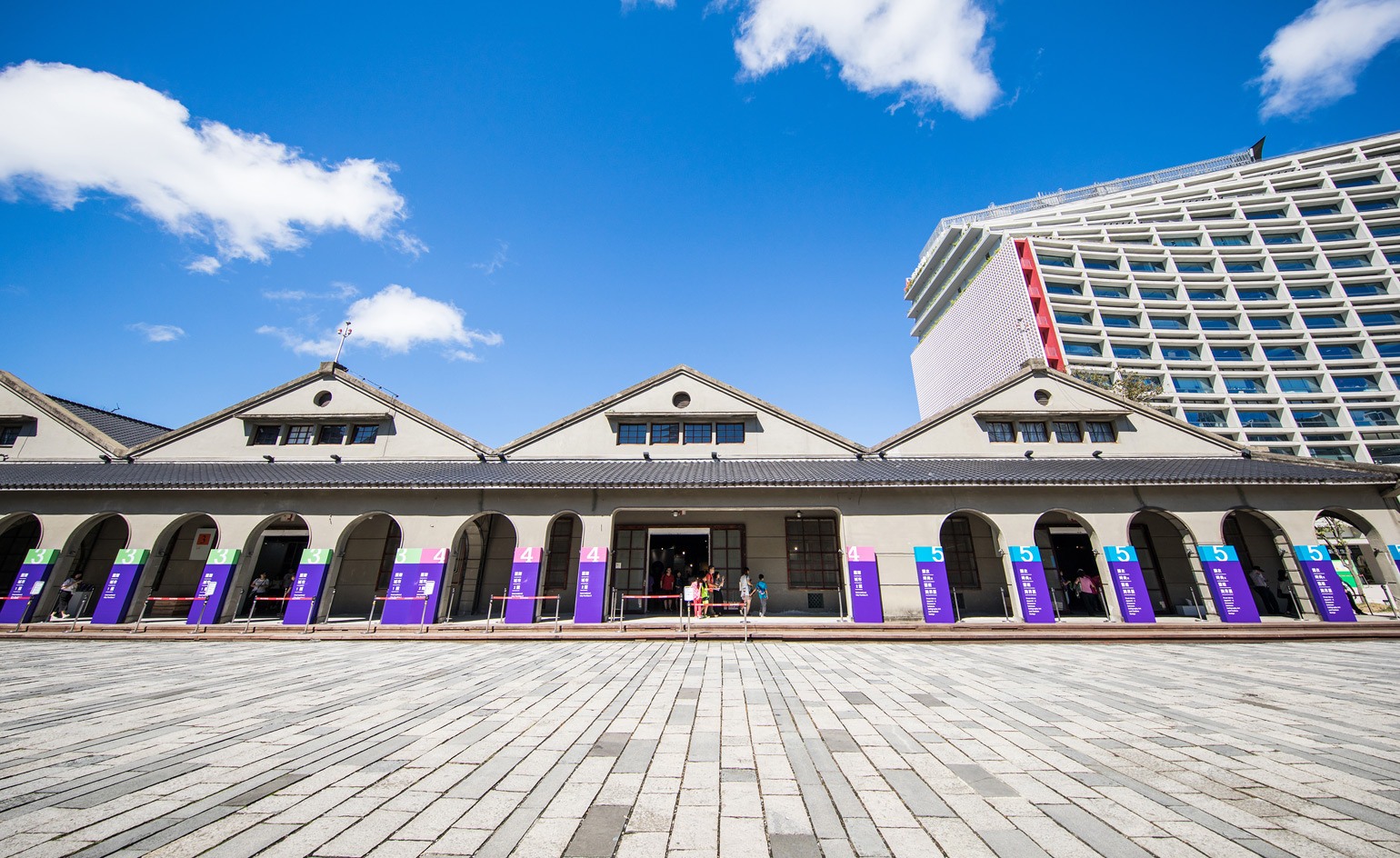 Eastern promises: highlights from Taipei’s reign as World Design Capital 2016
Eastern promises: highlights from Taipei’s reign as World Design Capital 2016By Yoko Choy
-
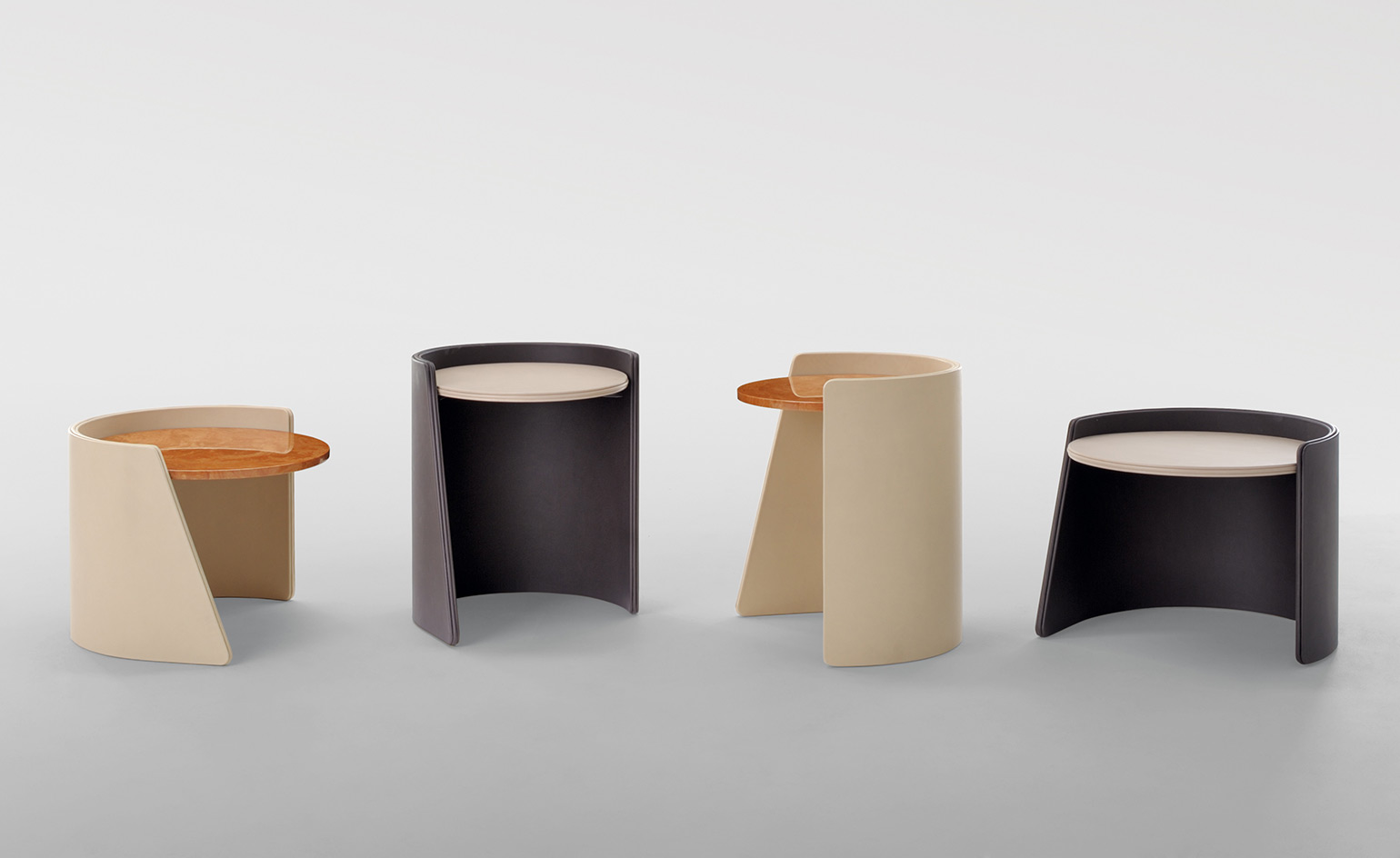 Stepping up: Middle Eastern designers emerge as a united force in Dubai
Stepping up: Middle Eastern designers emerge as a united force in DubaiBy Suzanne Trocmé
-
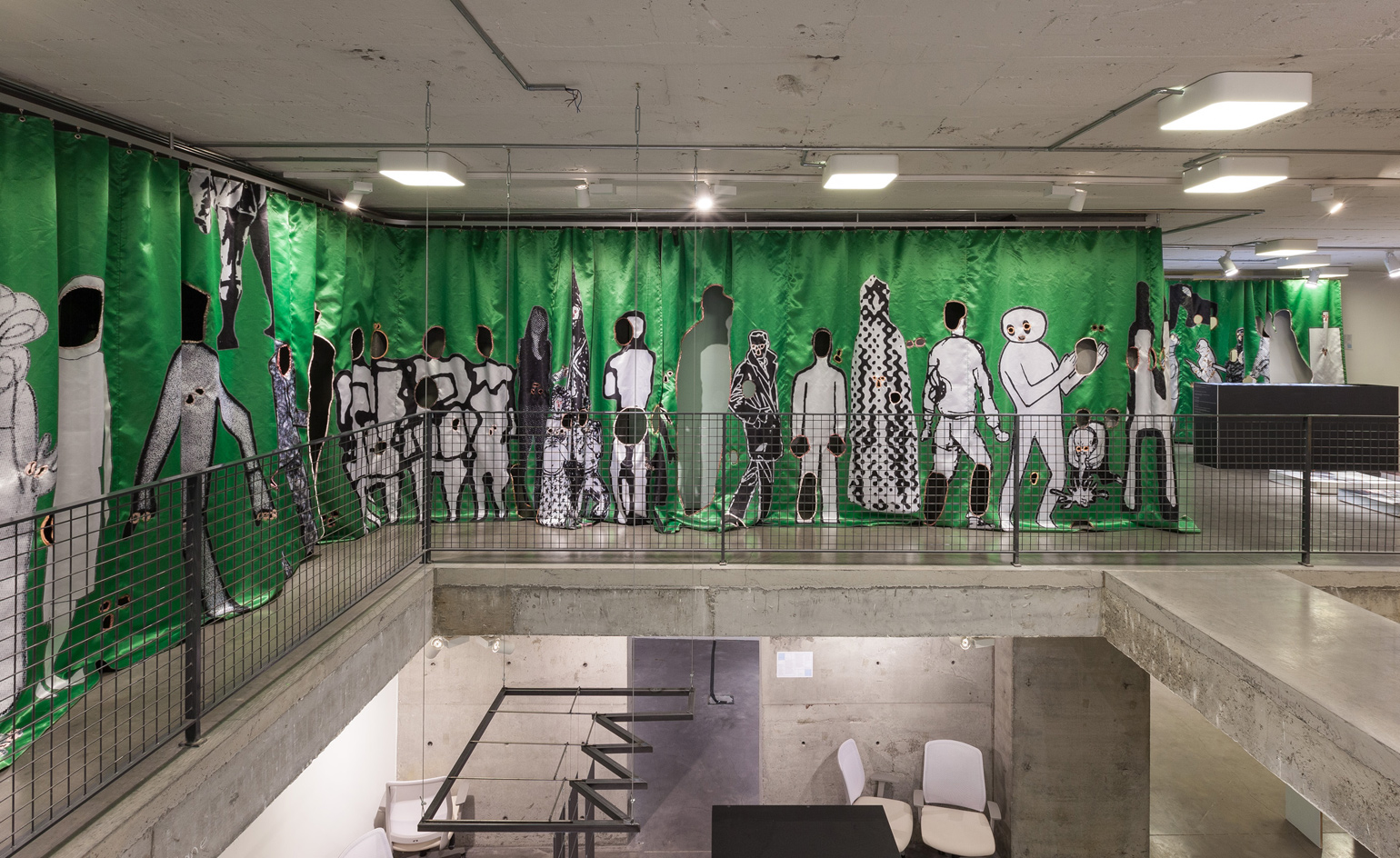 Istanbul’s third Design Biennial explores the human imprint
Istanbul’s third Design Biennial explores the human imprintBy Ali Morris
-
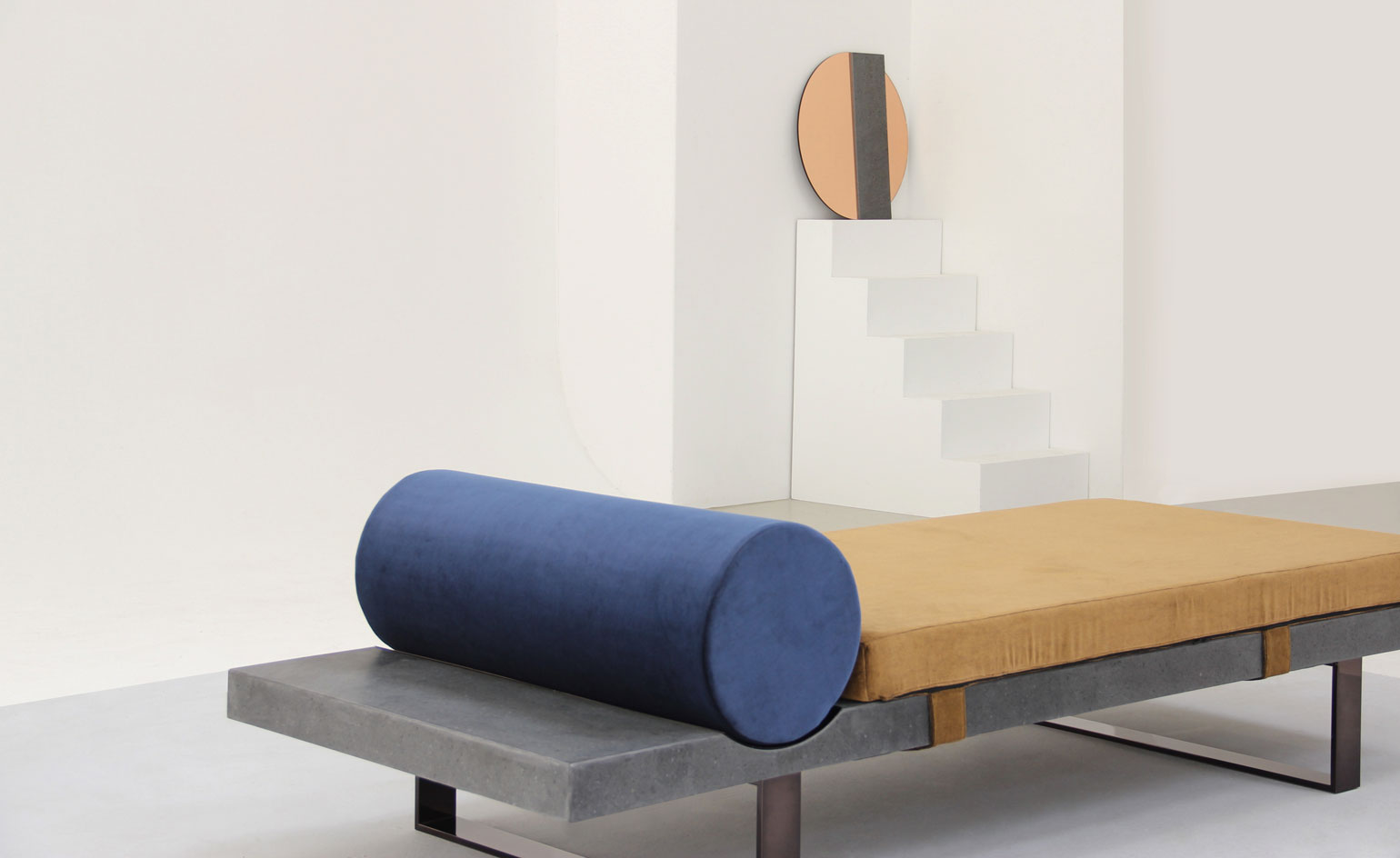 Global digest: all the highlights from the September edition of Maison et Objet
Global digest: all the highlights from the September edition of Maison et ObjetBy Emma Moore
-
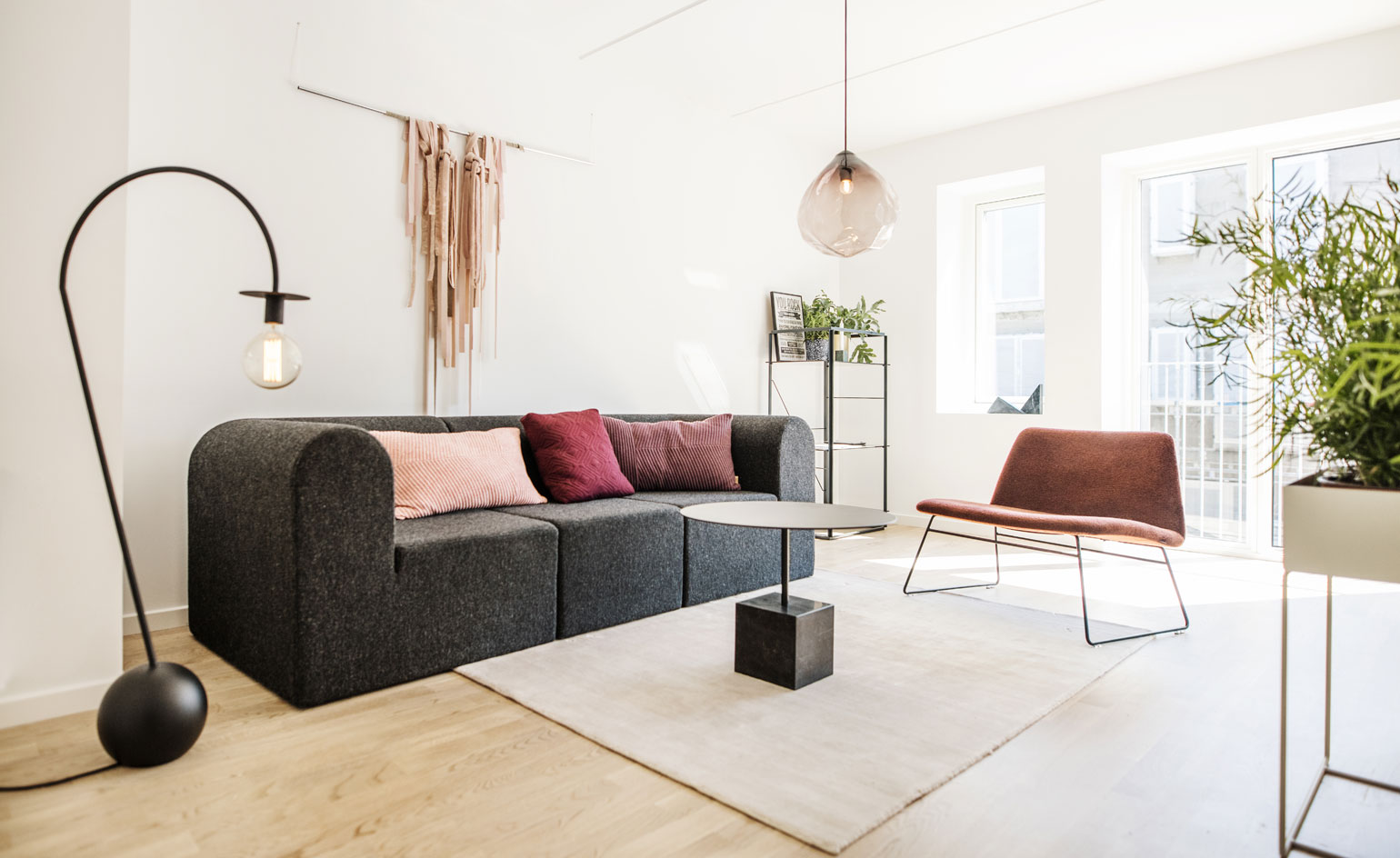 Wallpaper* surveys new talents and transformations at Northmodern 2016
Wallpaper* surveys new talents and transformations at Northmodern 2016By Sujata Burman
-
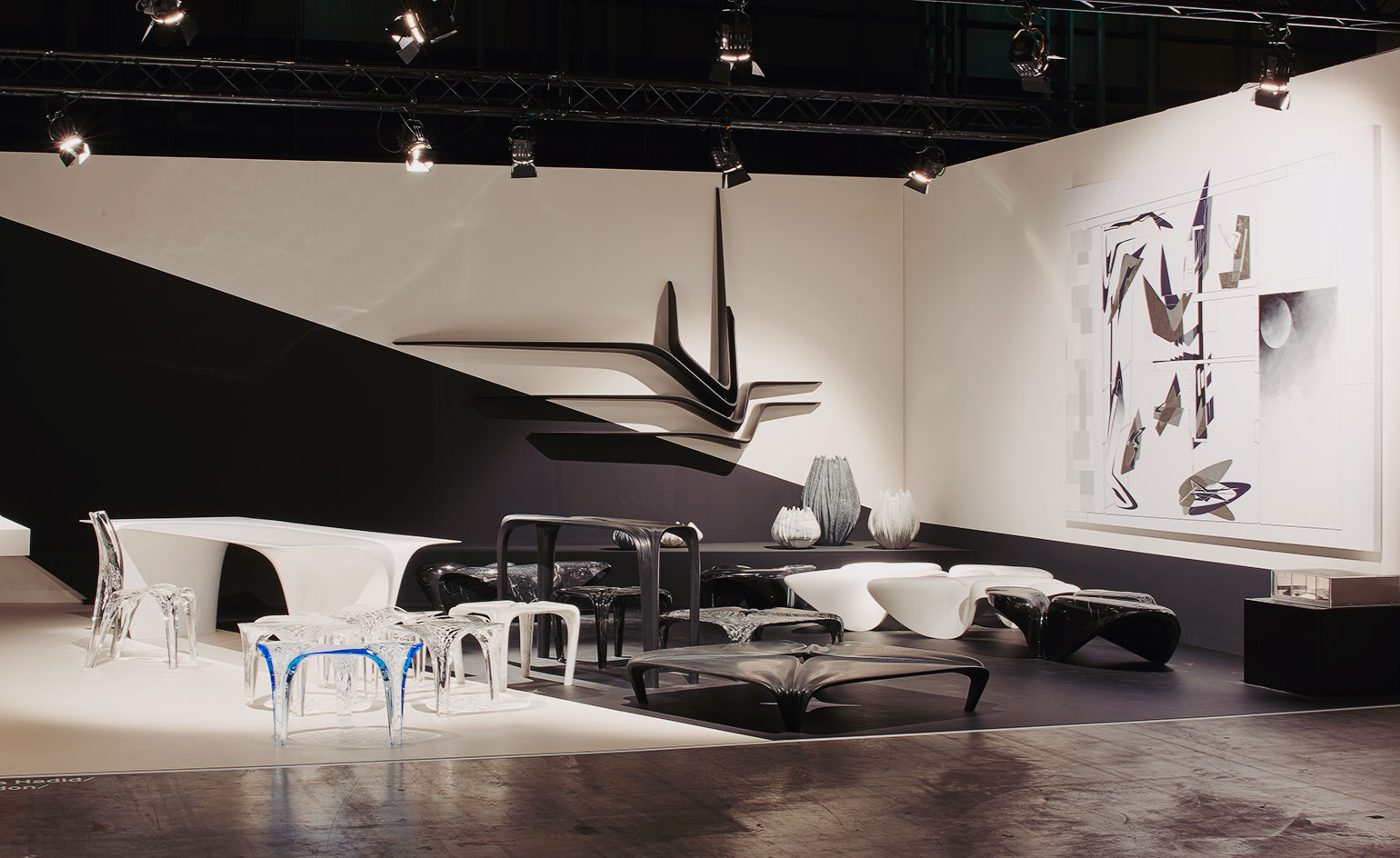 Creativity and commerce: highlights from Design Miami/ Basel
Creativity and commerce: highlights from Design Miami/ BaselBy Rosa Bertoli
-
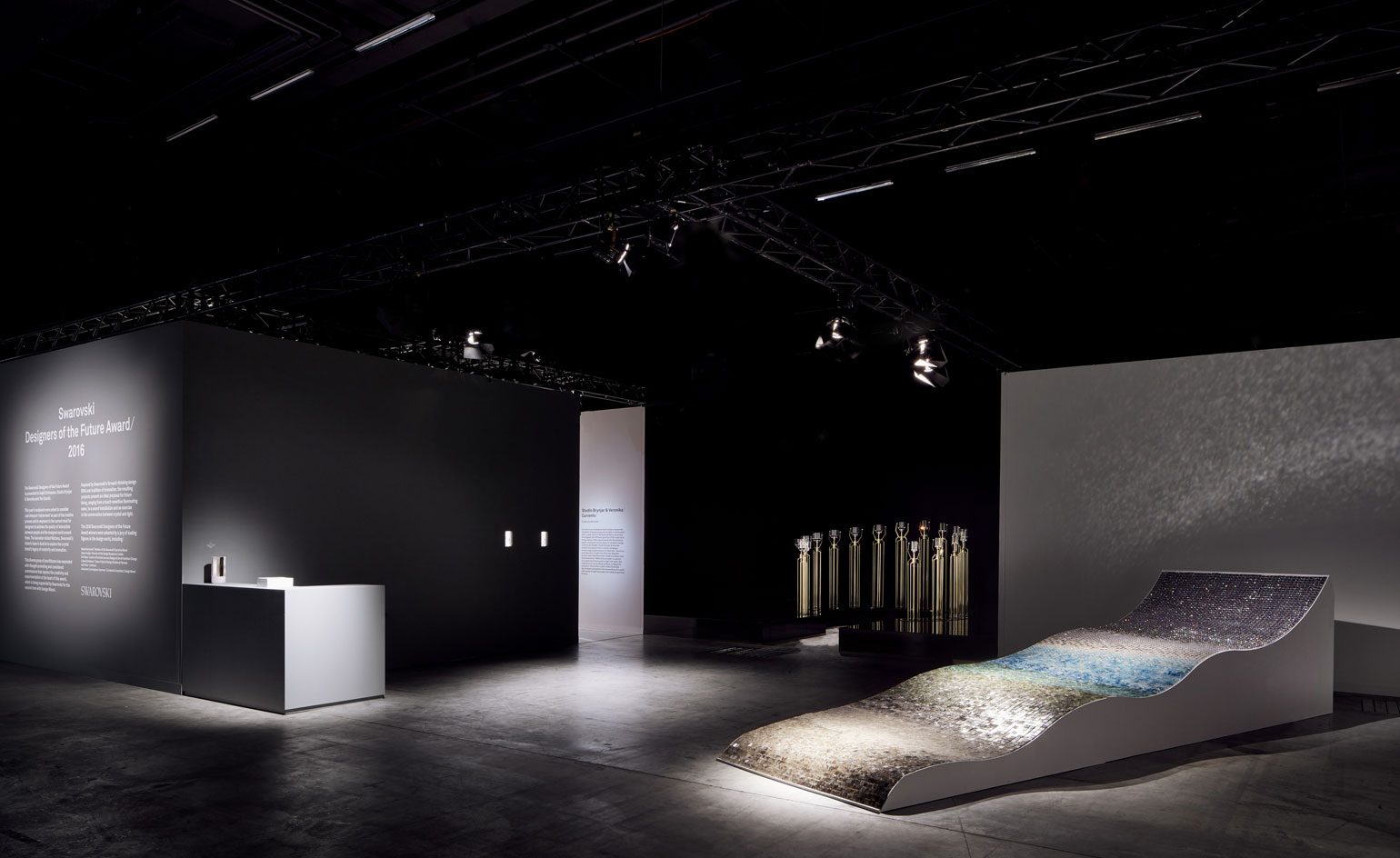 Crystal clear: Swarovski’s Designers of the Future unveil dazzling designs in Basel
Crystal clear: Swarovski’s Designers of the Future unveil dazzling designs in BaselBy Rosa Bertoli